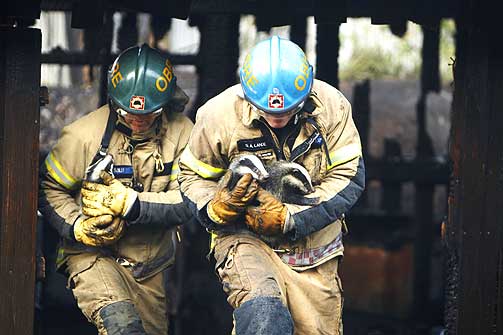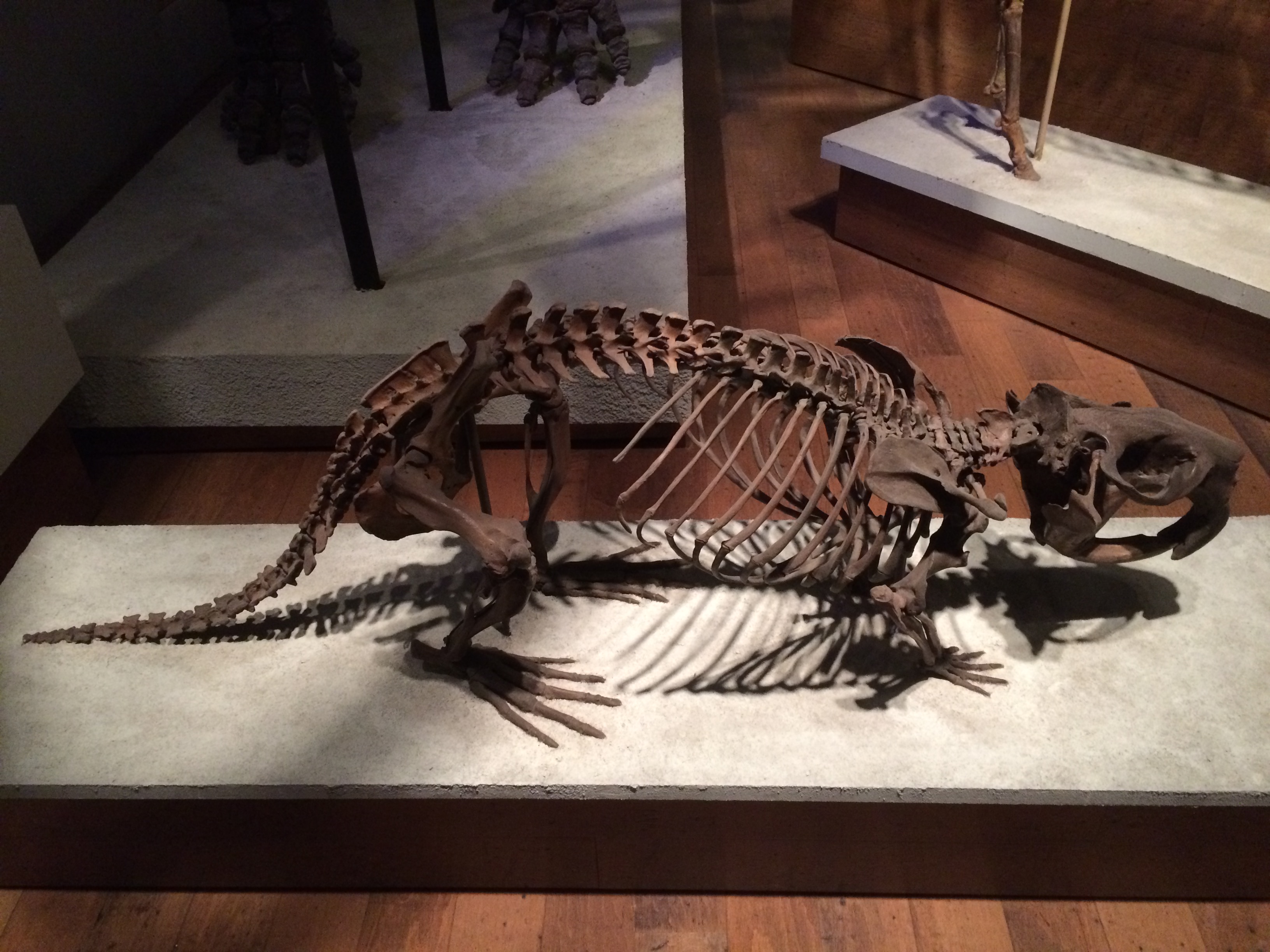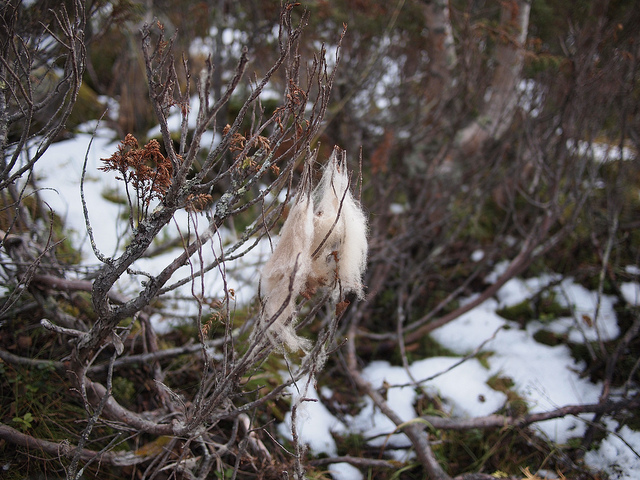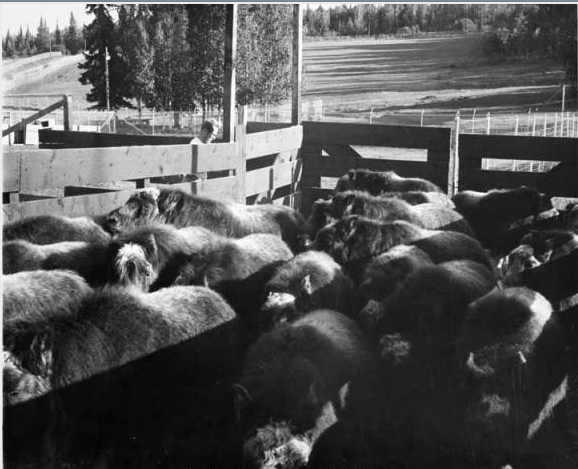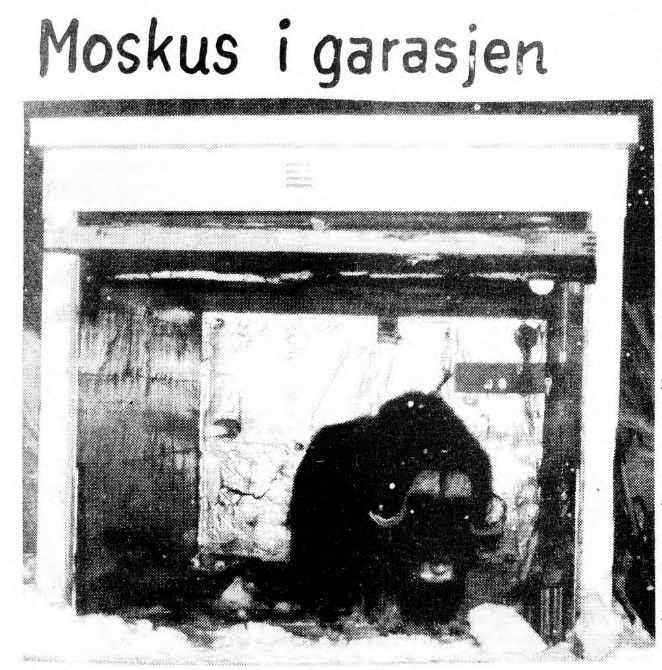
A wolf without sheep’s clothing
A gray wolf which was the first to be seen in the Grand Canyon area of the US since the 1940s is dead. The wolf, nicknamed Echo, had made a long distance journey of about 1200 kilometers from the Yellowstone National Park area to Arizona last year, using its feet to reintroduce wolves to the area. It was killed in Utah, supposedly mistaken by a hunter who thought it was a coyote.
The ending of this story is sad but it is unsurprising. While scientists and activists tout reintroduction of large mammals and envision “rewilded” land full of wildlife, people who actually live on or near that land have other opinions. In general, people do not accept carnivores, or large herbivores for that matter, living too close by. There is a reason that large mammals were wiped out in the past. In many cases, they were consciously hunted to extinction.
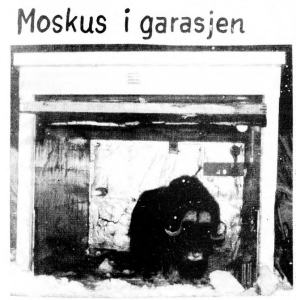
Big animals are scary, even if they aren’t meat-eaters. In winter 1972, an old muskox had decided to take up residence in Longyearbyen on Svalbard. It found shelter from the wind and snow in the carport of the provincial governor. It was near the town’s kindergarten, so to avoid attacks, the children were kept inside during the school day and were taken to and from school with a bus instead of walking there. One woman ended up being chased down the street by the interloper, narrowly escaping through her front door. The local radio was constantly broadcasting the animal’s whereabouts and the police tried to shoo it away. Two industrial trucks were used to scare the animal 3 kilometers from town, but it came back. Eventually, the animal was drugged and relocated 40 km away. The fear invoked by the muskox’s presence shows that it was perceived as a ‘wild’ animal that did not belong within the urban space. People were afraid of it.
There’s a tendency to think we in the 21st century are somehow more ‘enlightened’ about wild animals, but we aren’t. We are just as protective of our property, our children, and ourselves as we ever were. Many large animals, including the wolf known as Echo, are probably not really threats to any of those things, but as long as some animals have sharp teeth or sharp horns, they will be seen by many humans as threats. Reintroduction almost always faces more social challenges than ecological ones.
